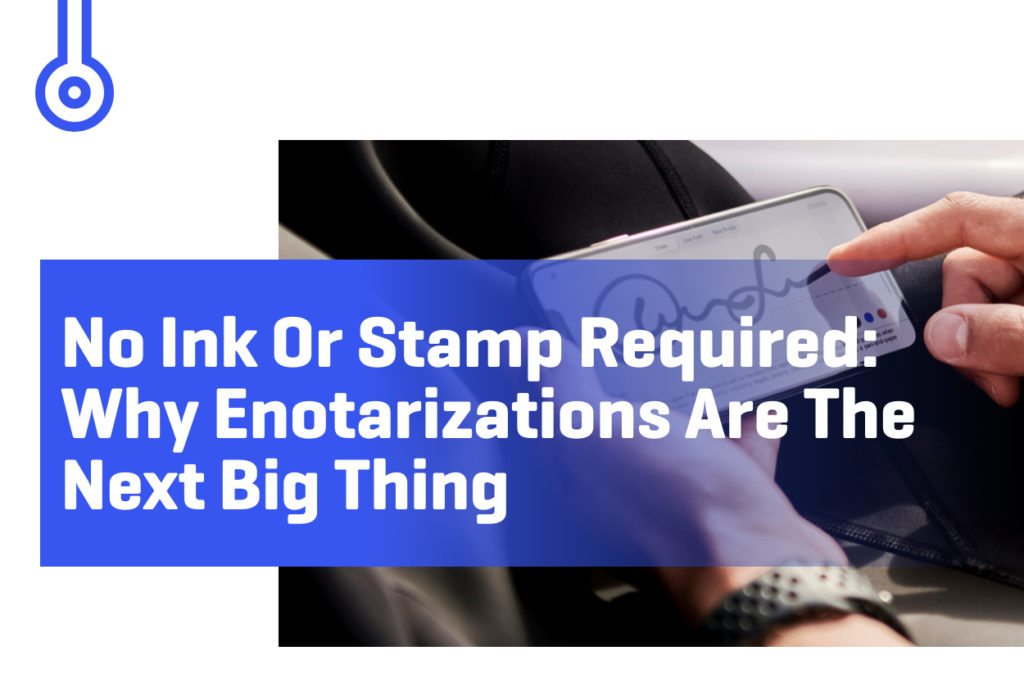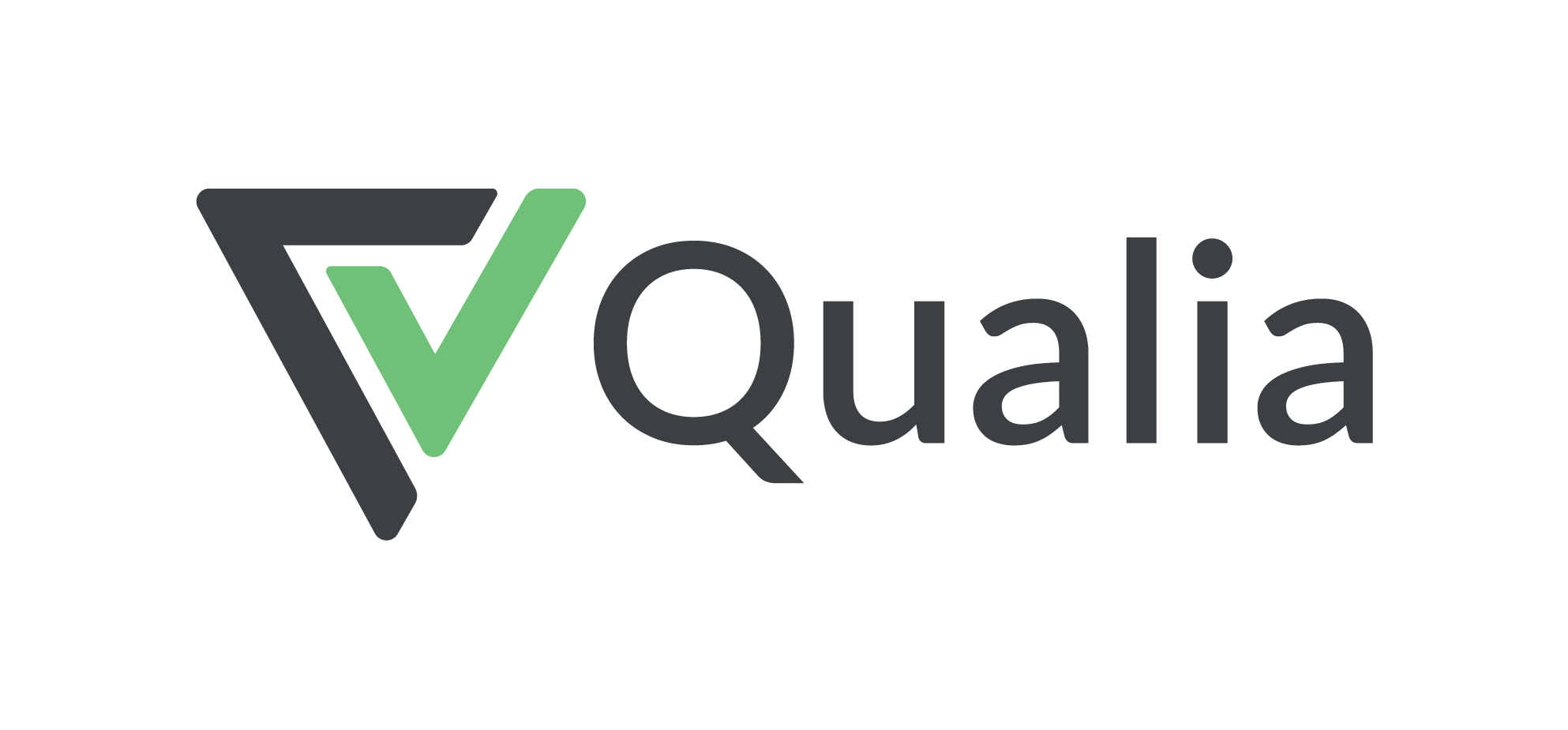
Brian Zitin
CEO | Reggora
When executives at any company determine strategic initiatives, there are a variety of factors that determine their prioritizations, but typically the most important thing is boosting the bottom line. Profit is king.
When prioritizing initiatives within the mortgage lending industry, there are some desired outcomes that nearly every lender will think of first: getting more loans (customers), improving pull through rate, optimizing employee headcount, etc. These objectives are usually addressed broadly through online applications or shiny object solutions.
What a lot of lenders miss, however, are some of the hidden costs, which would yield a huge ROI if detected and addressed. Usually these costs require some form of business intelligence tool to uncover.
While there are certainly challenges with getting the right data to discover these hidden costs, some folks simply aren’t focusing enough on discovering them in the first place, and it shows in their profitability margins.
I’ll give you an example and some context as it relates to appraisal.
I’ll give you an example and some context as it relates to appraisal.
When speaking with mortgage lenders about purchasing our technology, the average executive might be convinced by our better user interface, our dynamic and configurable feature set, or even by our integration capabilities, and realize right away that our platform is better than the legacy appraisal platform that they currently use.
However, sometimes we get responses along the lines of, “Your platform is great but appraisal is not an urgent initiative for us. Let’s check back in later.”
When we dig into why appraisal isn’t getting prioritized, it usually comes down to a perceived lack of return on investment from the executive. After some further conversation, though, it becomes apparent that it was not really a thorough analysis in this regard.
Here are some questions about appraisal that most executives at a mortgage lending organization typically aren’t thinking about when determining prioritization:
• What would be the improvement on your bottom line if your appraisal turn times decreased by one day? Two days? Three days? (Usually, no one can answer this.)
• How much money are you losing by having to pay appraisal fees where the borrower falls through, because you don’t have modern payment processing technology?
• Are you paying a lot in credit card fees for appraisals?
• Would you be able to recruit and retain loan officers better if they had a better appraisal experience?
• How much money are you losing by not having an automated Change of Circumstance / appraisal re-disclosure process?
• How many loans miss rate locks due to the appraisal being delayed?
• Are closings delayed because the appraisal wasn’t sent to the borrower within 72 hours of close?
• How many appraisals do you have to physically mail?
• How many more loans could you do if your appraisal capacity was higher?
• How much would your borrower net promoter score improve (and therefore lead to more referrals) if your borrowers have a transparent and streamlined appraisal process? What if your appraisal solution was integrated with your point of sale system?
• Would brokers do more wholesale volume with you if you had an improved appraisal ordering process? What about better transparency?
• How much support capacity internally is being used up by appraisal related problems?
• Are your appraisers not willing to work with you, and therefore not picking up orders in a timely manner, due to the inaccessible user interface on their side?
• How much time is wasted by your LOs and team sending emails back and forth because there isn’t transparency around appraisal statuses?
This is just a sampling of the specific questions you should consider when evaluating how your appraisal processes impact your bottom line. From a high level, it may make sense why the appraisal is not immediately prioritized. But when lenders take the time to analyze these deeper questions, then the hidden costs and benefits of advanced appraisal technology immediately appear.
I can assure you based on the hundreds of conversations that we have had with executive teams that the hidden costs of poor appraisal processes are truly abundant and often overlooked. When you consider how much faster an appraisal platform implementation can get done versus a massive POS or LOS initiative, the ROI starts to get pretty appealing and becomes something of a ‘quick win’ for the team.
All of this gets completely missed if the analysis lacks business intelligence and thoughtful investigation into the deeper questions.
So, as you are handling the summer volume and beginning to think about what initiatives to prioritize in the fall, please consider hidden costs and easy implementations!









